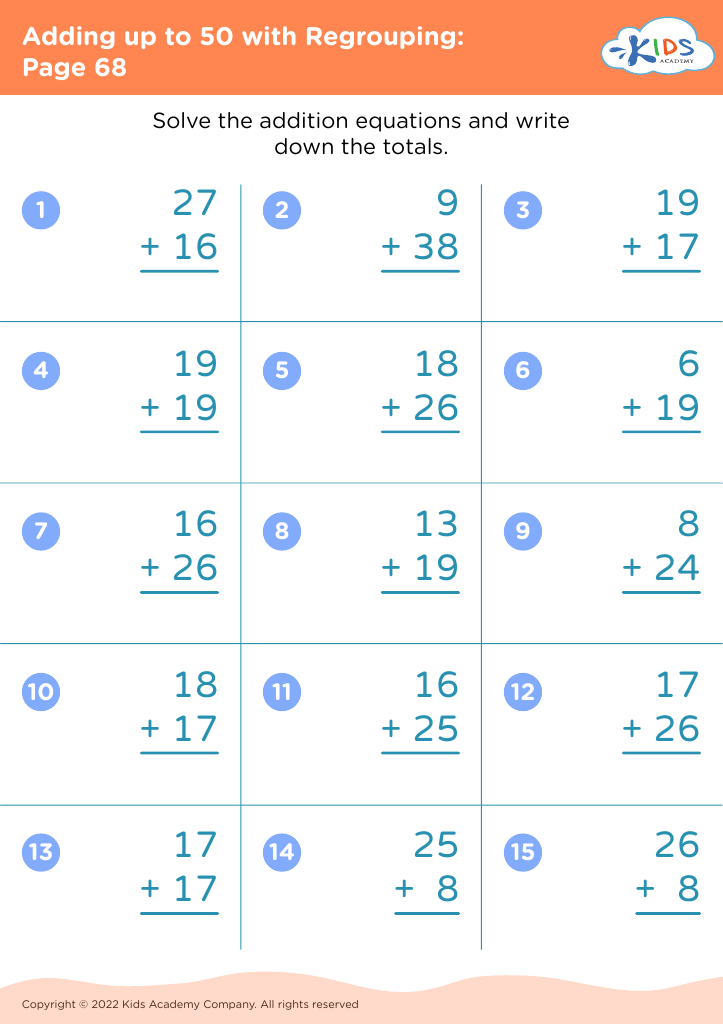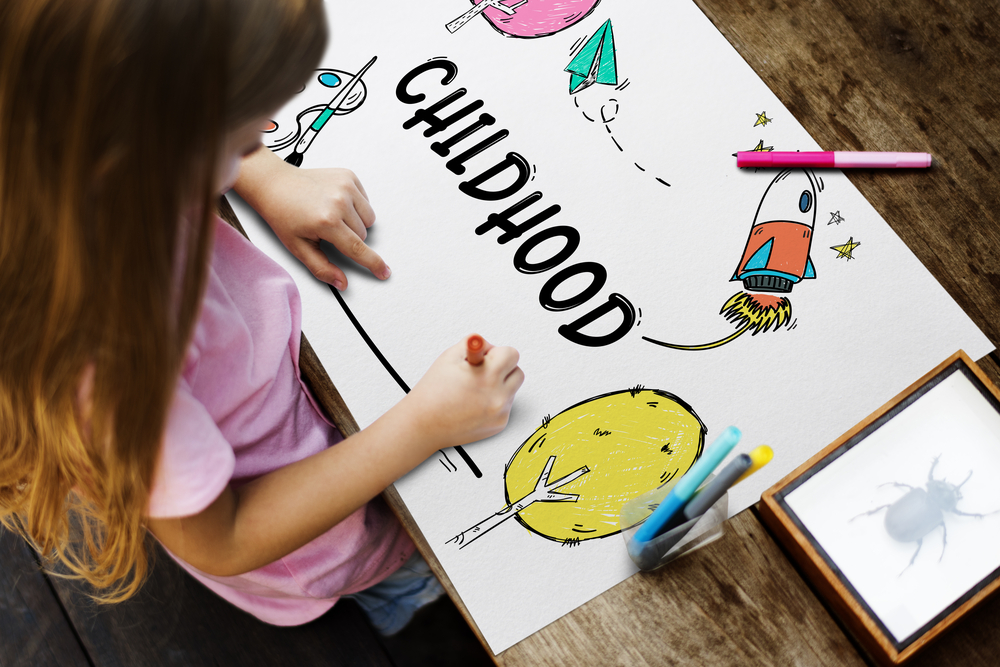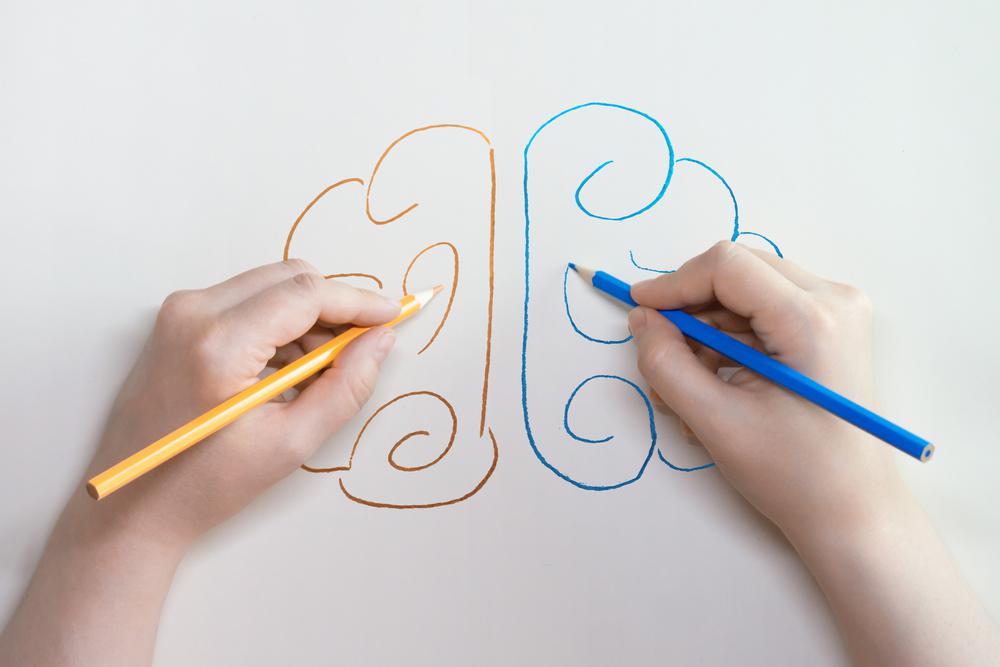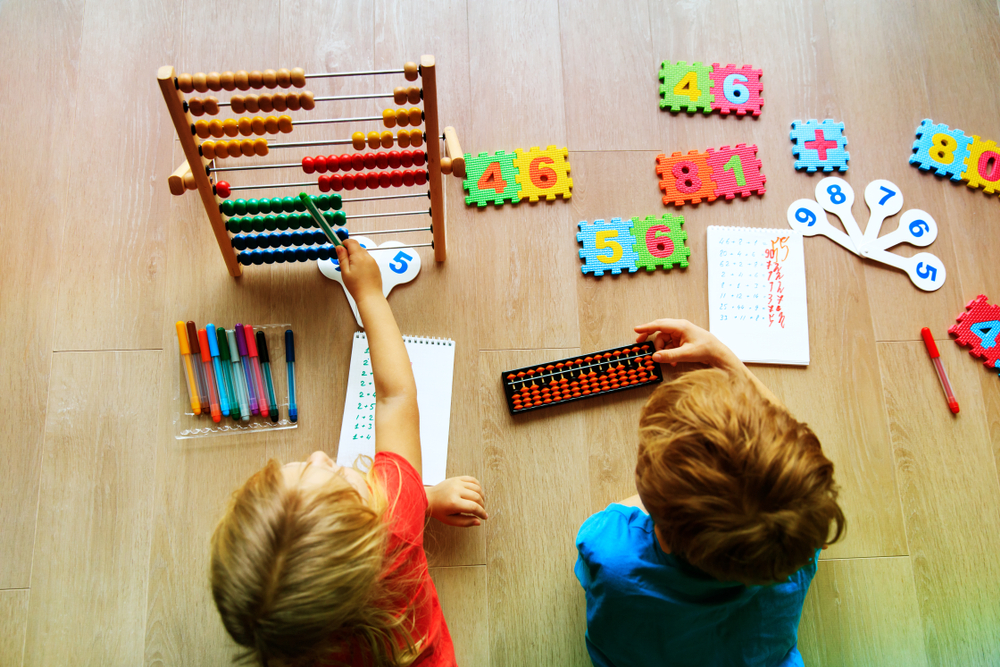Enhancing vocabulary Worksheets for Ages 6-9
19 filtered results
-
From - To
Boost your child's language skills with our "Enhancing Vocabulary Worksheets for Ages 6-9." Designed to make learning enjoyable, these engaging worksheets help kids expand their vocabulary, improve reading comprehension, and develop a love for words. Each worksheet combines fun activities with key vocabulary-building strategies tailored to young learners. Our expertly crafted exercises include matching words to pictures, filling in the blanks, and using new words in context. Perfect for home or classroom use, these printables are versatile and easy to integrate into any learning plan. Give your 6-9-year-old the vocabulary boost they need today!


How the Moon Became Beautiful Worksheet


Starfish Adverbs Worksheet
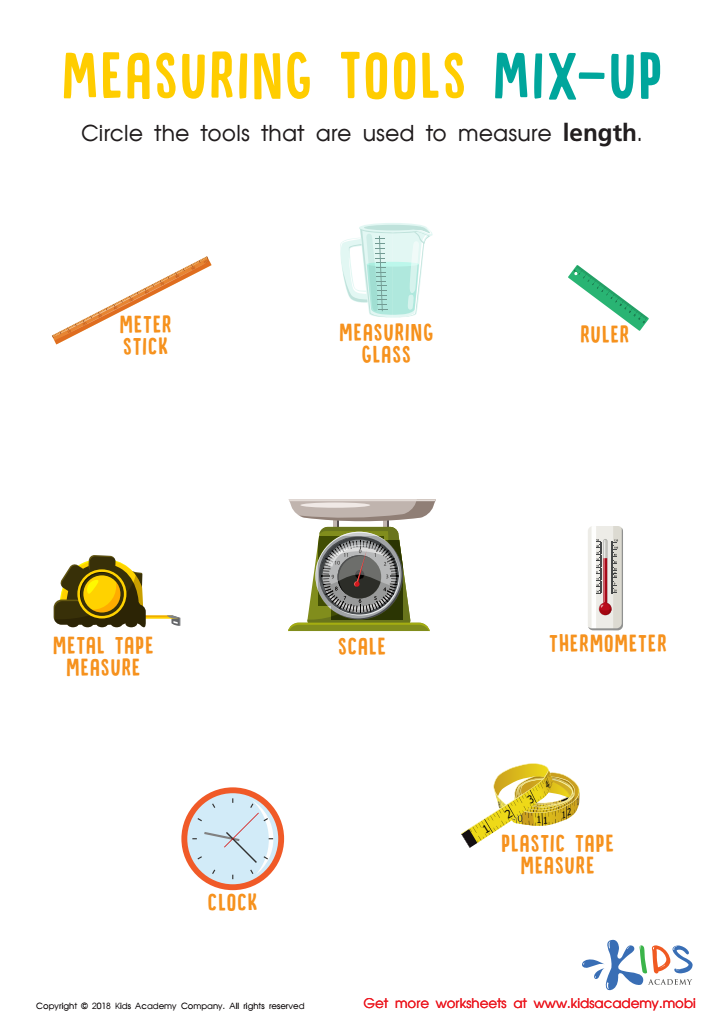

Measuring Tools Mix–up Worksheet


Craft and Structure: Assessment 2 Worksheet 2
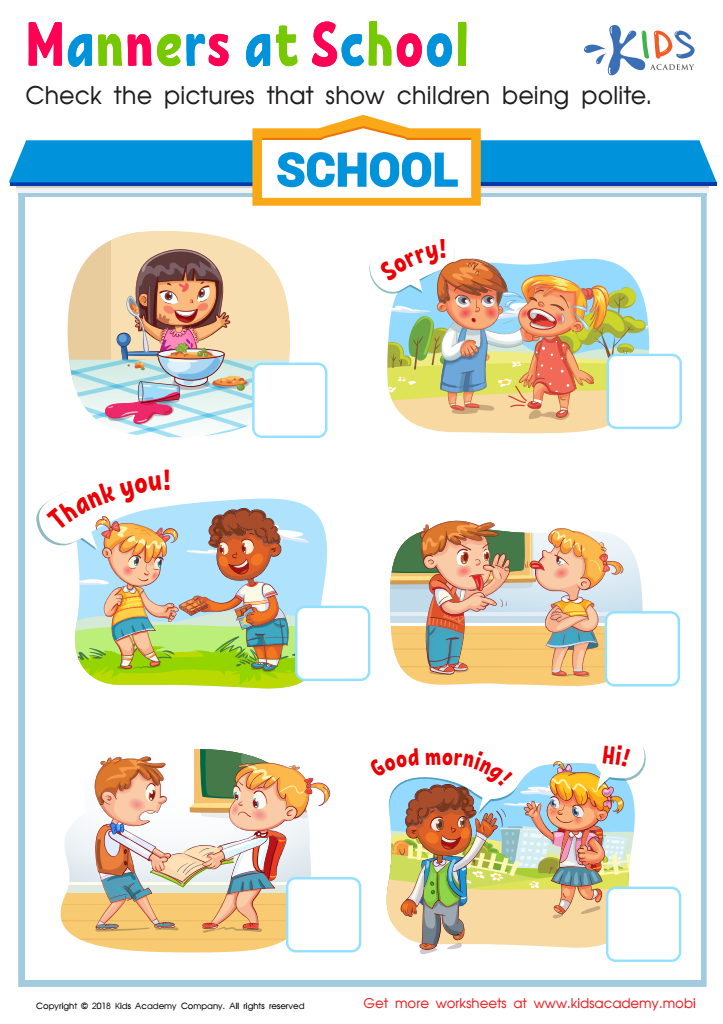

Manners at School Worksheet
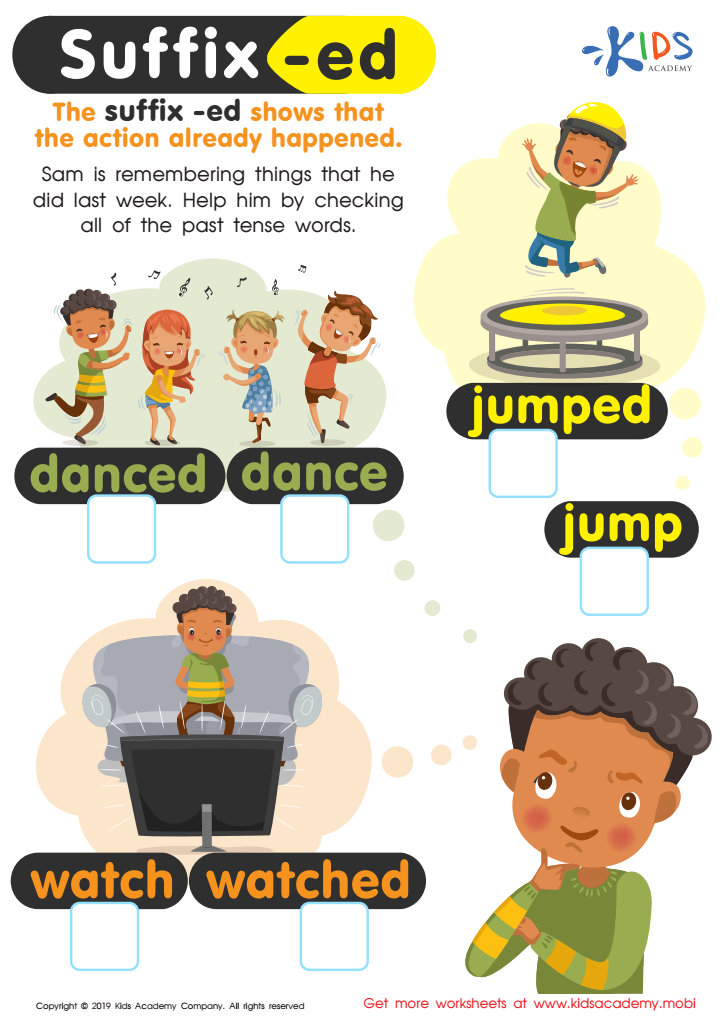

Suffix-ed Worksheet
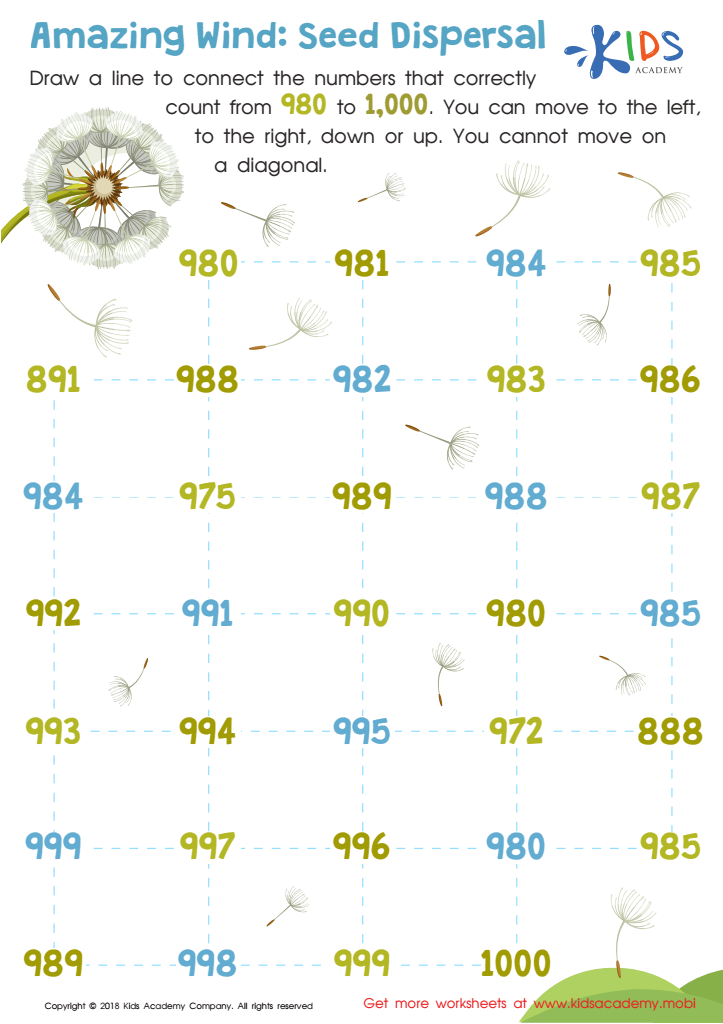

Amazing Wind: Seed Dispersal Worksheet
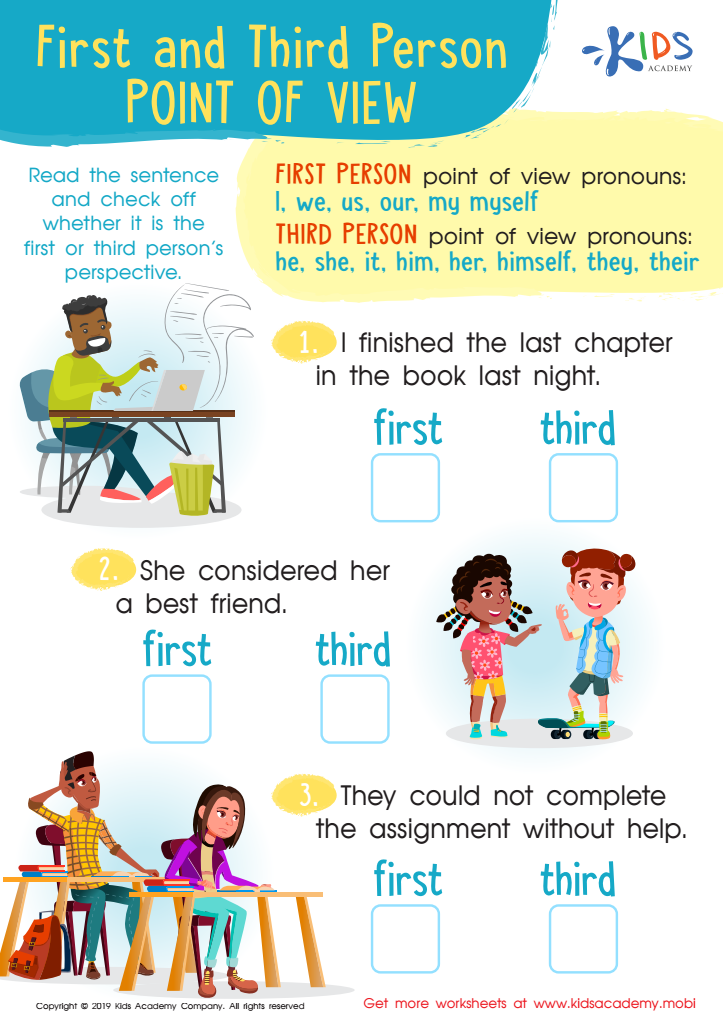

First and Third Person Point of View Worksheet
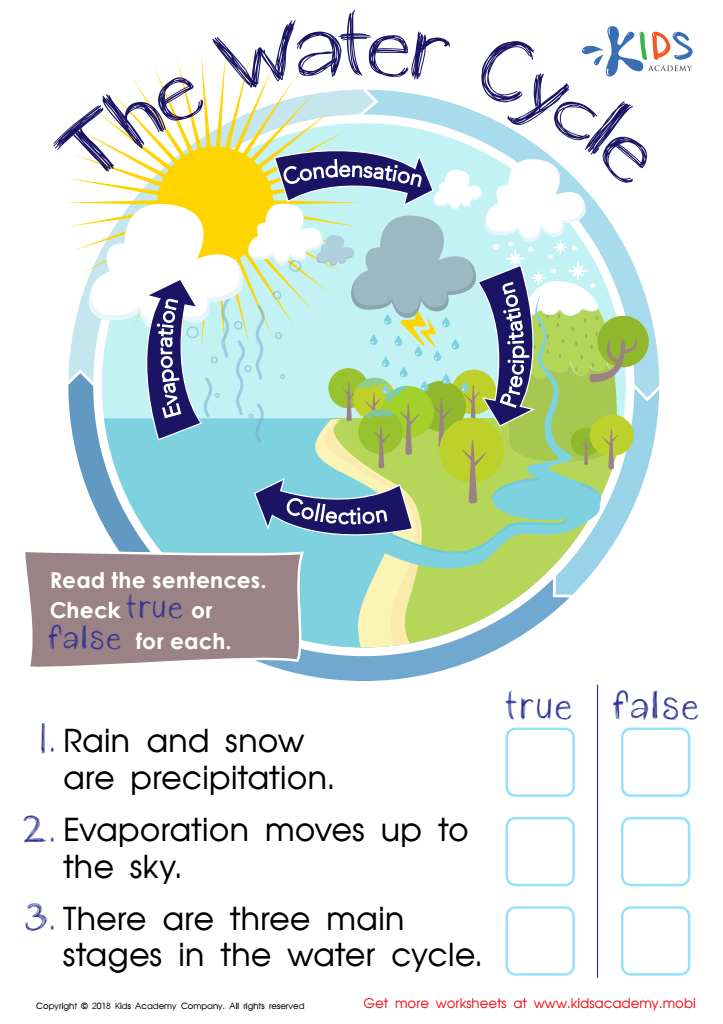

The Water Cycle Worksheet
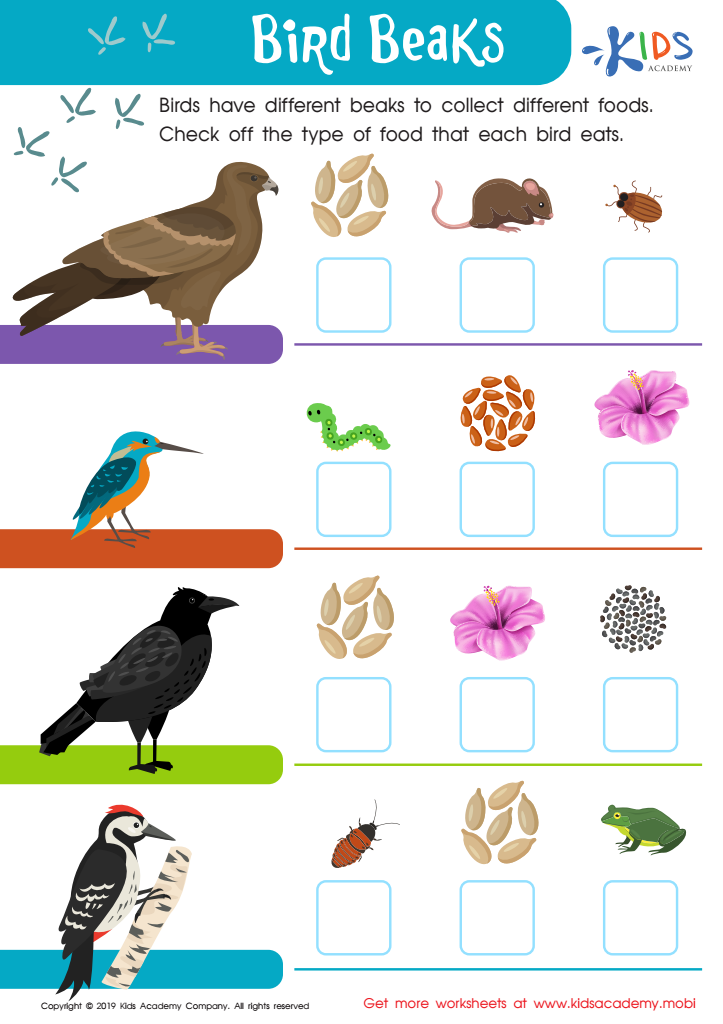

Bird Beaks Worksheet
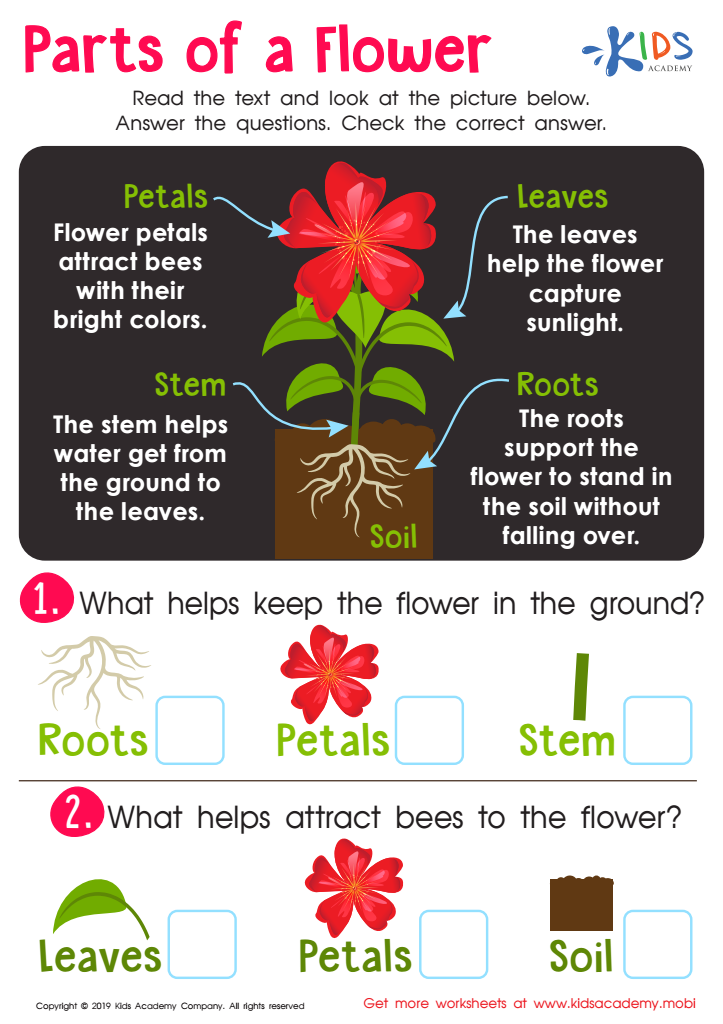

Parts of Flower Worksheet
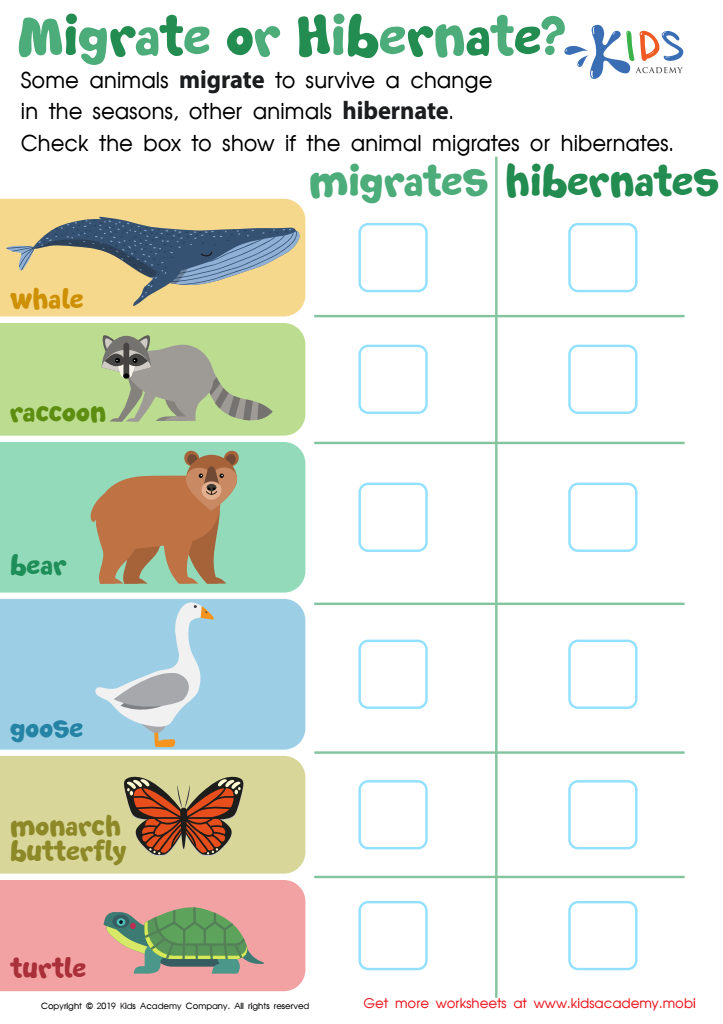

Migrate or Hibernate? Worksheet
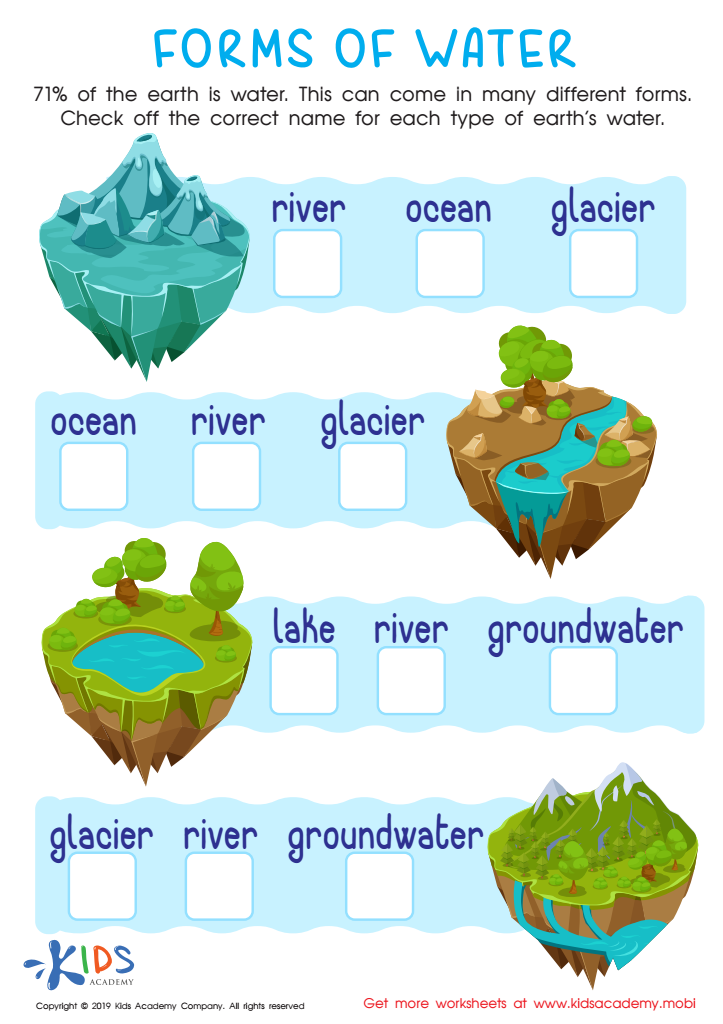

Forms of Water Worksheet
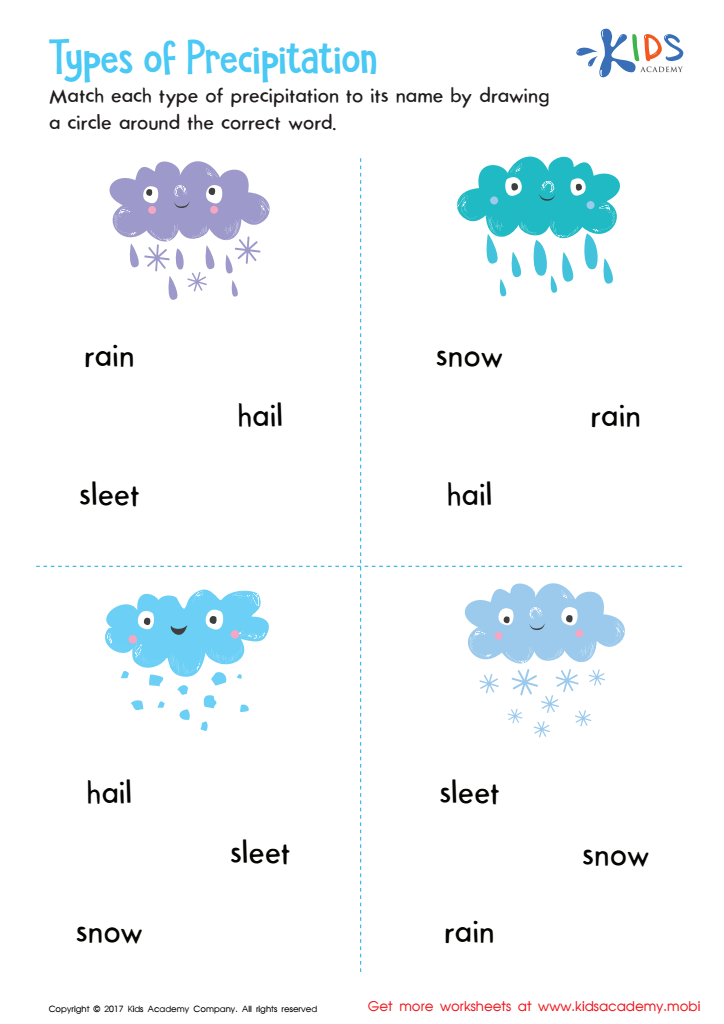

Types of Precipitation Printable
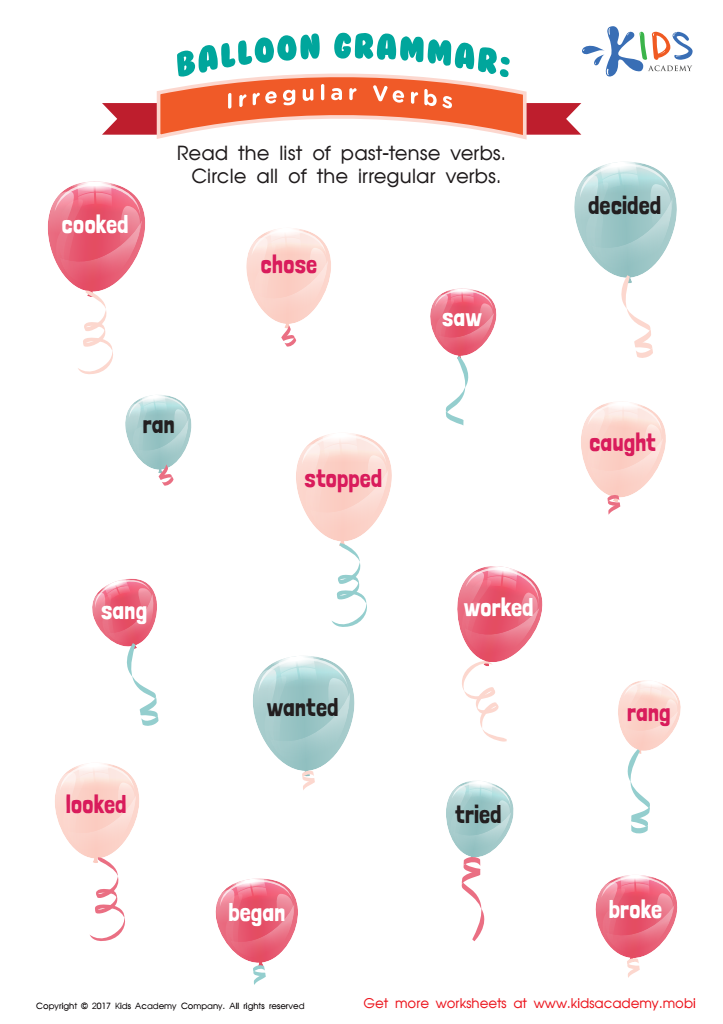

Irregular Verbs: Baloons Worksheet
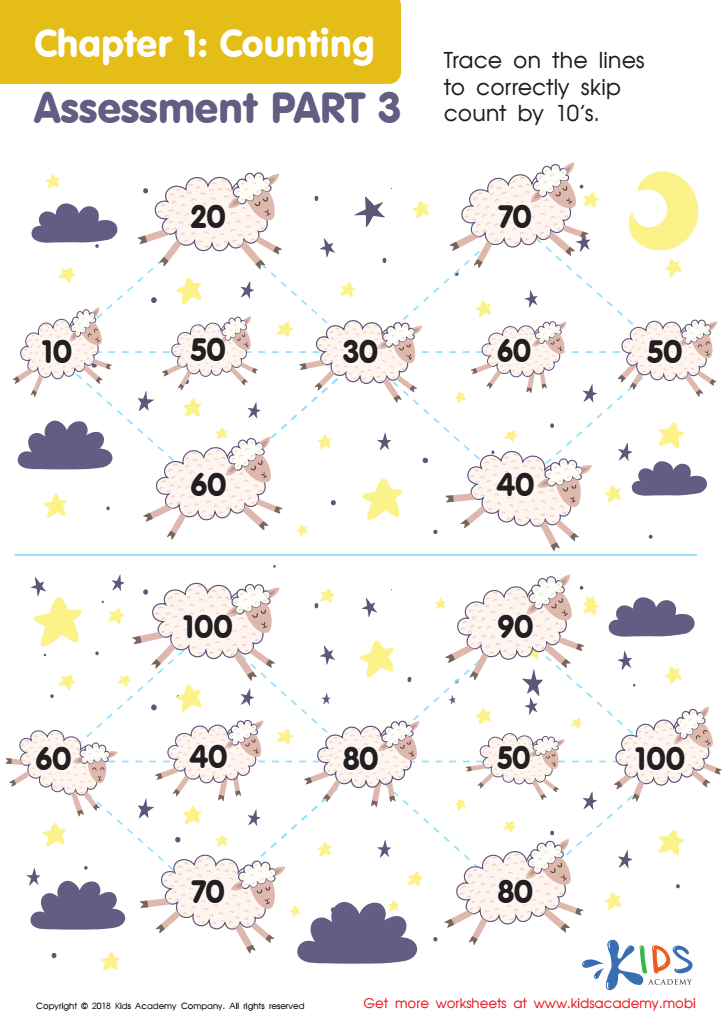

Counting: Assessment 3 Worksheet
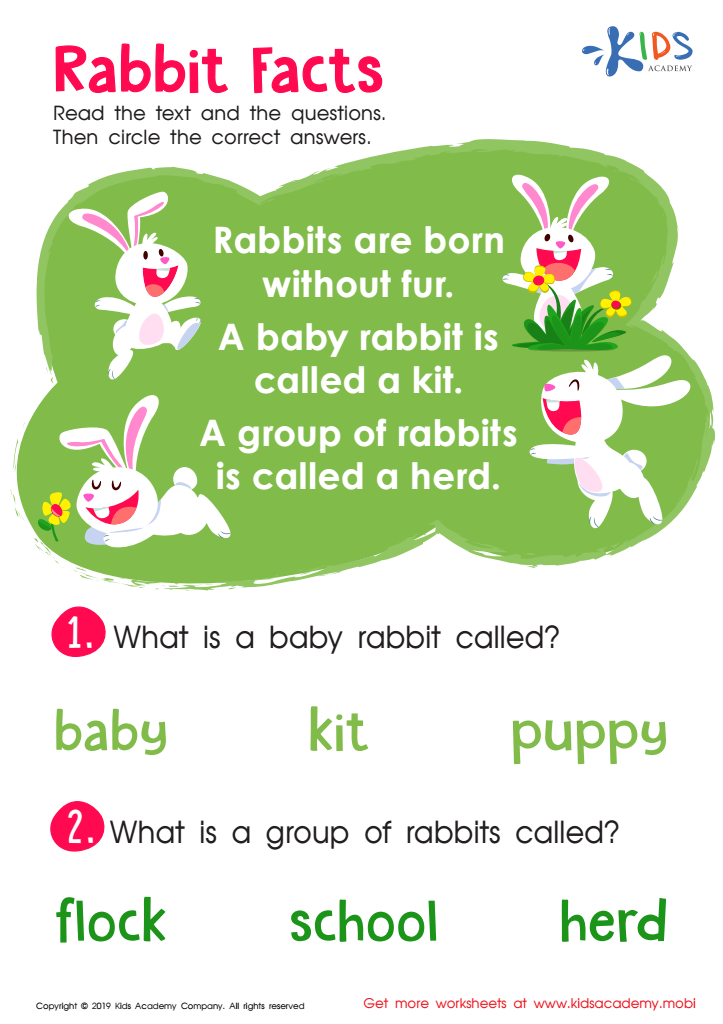

Rabbit Facts Worksheet


Sensory Words Worksheet
Enhancing vocabulary in children aged 6-9 is crucial for several key reasons. This developmental period is a prime time for language acquisition, as children's brains are highly receptive to new words and concepts. A robust vocabulary lays the foundation for reading comprehension, enabling children to better understand the texts they encounter. This comprehension fosters a lifelong love of reading, critical for academic success.
Additionally, a strong vocabulary equips children with the tools to express themselves more precisely and confidently. This self-expression is pivotal in social interactions, helping them to articulate their thoughts and emotions effectively, thus forming better relationships with peers and adults.
Furthermore, vocabulary growth contributes to cognitive development. Learning new words challenges children's thinking, encouraging them to explore and categorize additional information. This development enhances critical thinking and problem-solving skills, which are essential for overall intellectual growth.
For parents and teachers, investing time and resources into expanding a child's vocabulary can mean the difference between a child who merely meets educational benchmarks and one who excels. Activities such as reading aloud, engaging in descriptive conversations, and playing word games can significantly enrich a child's language repertoire. Ultimately, prioritizing vocabulary development sets the stage for future academic achievement and enriched personal development.

 Assign to My Students
Assign to My Students

